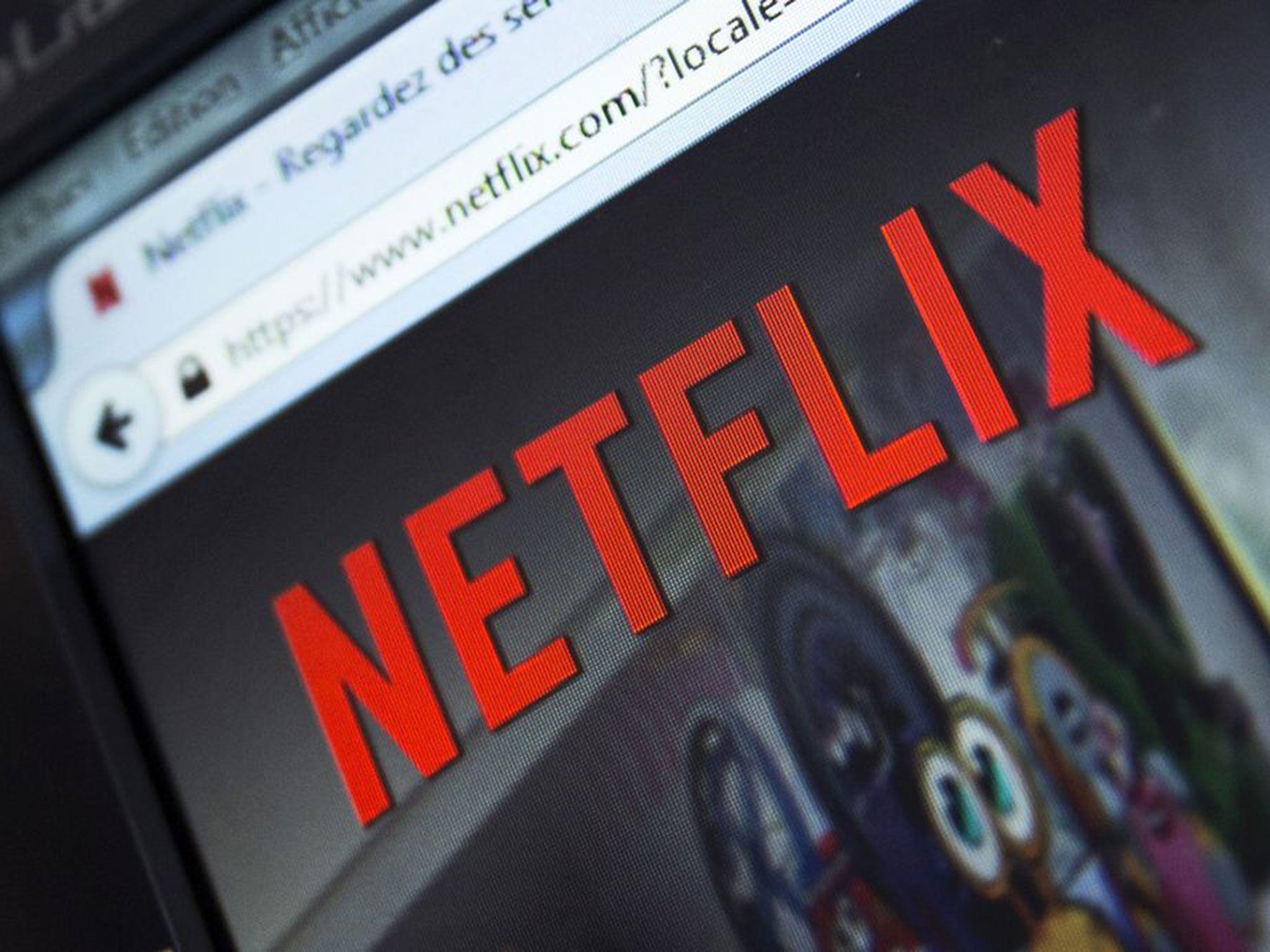Netflix accounts for up to a third of the internet — but torrenting still dwarfs legal sites
Subscription video service accounts for a third of US and Canadian internet traffic in the evenings — but it’s yet to catch on as well in Europe

Your support helps us to tell the story
From reproductive rights to climate change to Big Tech, The Independent is on the ground when the story is developing. Whether it's investigating the financials of Elon Musk's pro-Trump PAC or producing our latest documentary, 'The A Word', which shines a light on the American women fighting for reproductive rights, we know how important it is to parse out the facts from the messaging.
At such a critical moment in US history, we need reporters on the ground. Your donation allows us to keep sending journalists to speak to both sides of the story.
The Independent is trusted by Americans across the entire political spectrum. And unlike many other quality news outlets, we choose not to lock Americans out of our reporting and analysis with paywalls. We believe quality journalism should be available to everyone, paid for by those who can afford it.
Your support makes all the difference.Netflix makes up as much as a third of the internet when people sit down to watch it in the evenings, according to a new report by Sandvine. But less legal ways of sharing videos continue to dominate the internet.
The service makes up more than 35% of American internet traffic at peak times (between 7pm and 11pm), more than 20% above its next competitor, YouTube. But Netflix, which is still expanding across Europe, only represents about 3.4% of traffic at the same time.
In both countries, file-sharing service BitTorrent is far bigger than Netflix. It accounts for 14.4% of all internet use in Europe, beaten only by YouTube’s 19.9%.
Amazon video is also starting to grow, with 2.6% of US peak internet use, but is still far below that of Netflix.
Even Netflix’s uploads are high — after torrenting, it is the biggest use of internet access going the other way — because it sends a lot of data back to Netflix when users are watching videos.
That means that the average home is using 20.4GB of data just watching Netflix.
Join our commenting forum
Join thought-provoking conversations, follow other Independent readers and see their replies
Comments